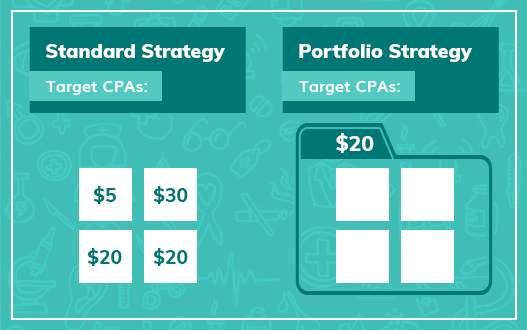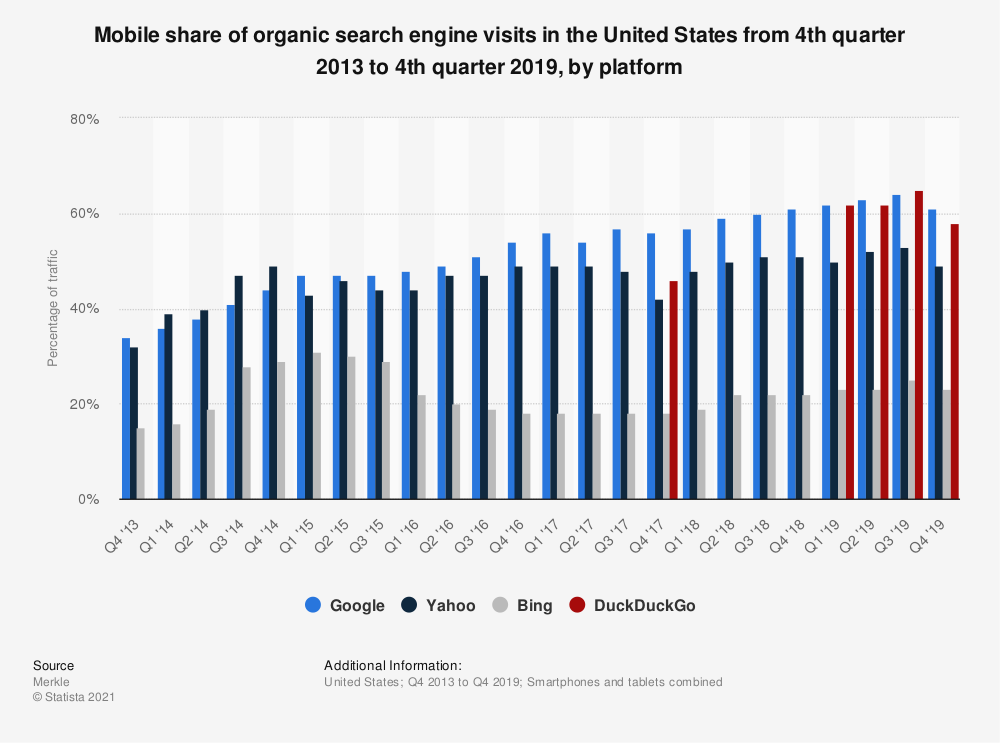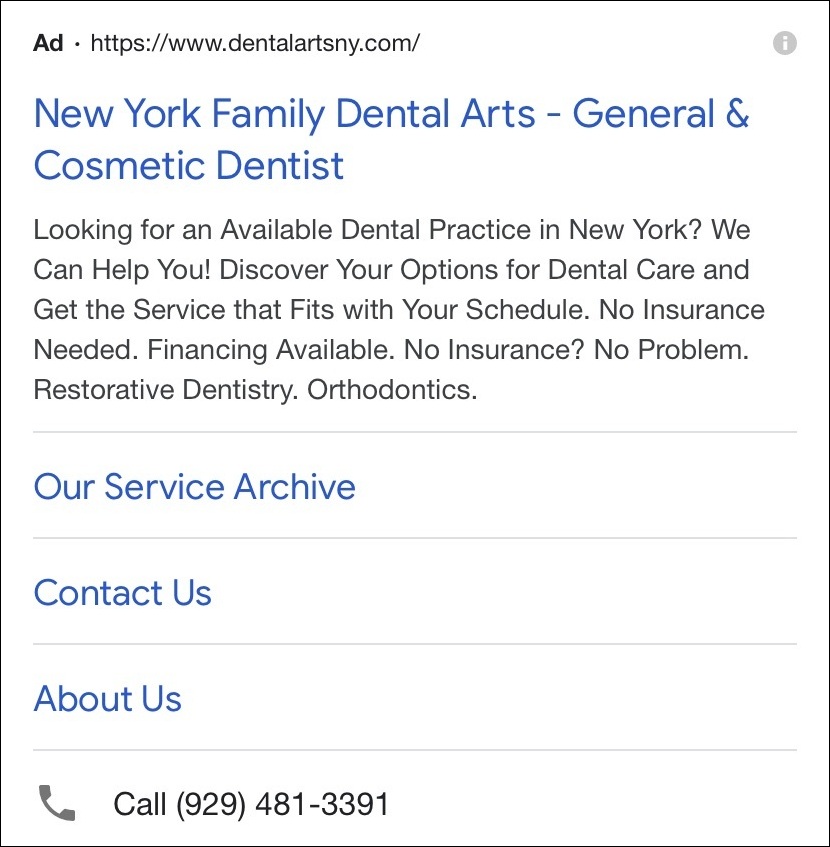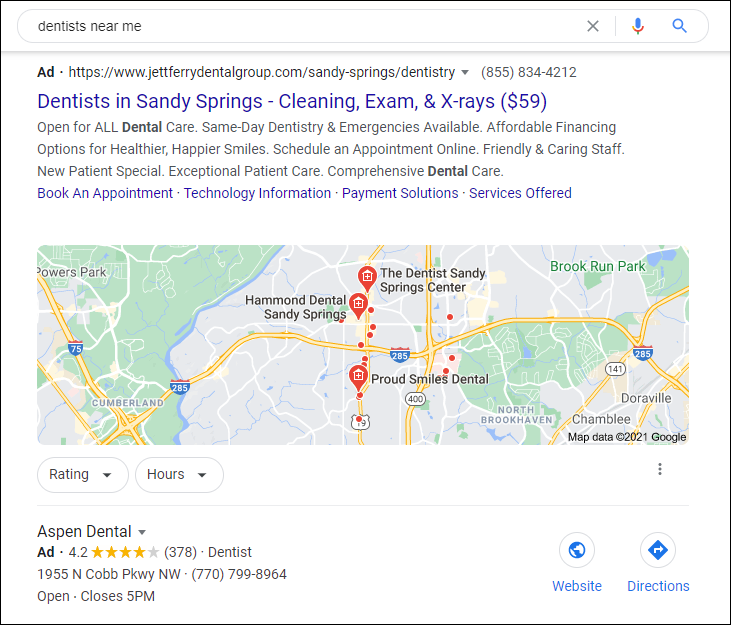Anybody who’s had a cavity or two knows just how important dental health really is. But that’s just the thing: people usually go to the dentist only when they need to (they have a toothache or a chipped molar) or they’re getting their annual cleaning. For the most part, it’s just not a high-consideration medical decision the way orthopedic surgery, addiction recovery, and even plastic surgery tend to be. You fit your dental appointment in when it’s most convenient to your life.
This is an important starting point for dental practices looking to drive new patient volume through digital marketing strategies such as pay-per-click (PPC) advertising. Can PPC drive a lot of qualified leads to your practice? Yes. But only if your campaigns are optimized around what real people are looking for when they search Google for a dentist. This might include:
- Easy scheduling options (online, phone, etc.)
- Readily available appointments (within the next couple of weeks)
- Practices that are accepting new patients
- Practices that accept a given insurance provider
Luckily, all of this information can be communicated through well-optimized PPC campaigns.
The Benefits of PPC Advertising for Dentists
When we remind ourselves that convenience and ease are top considerations for people looking online for dentists—and that most people doing so are a) looking locally and b) ready to book, we can design PPC campaigns accordingly.
To understand the benefits of this approach to PPC, let’s take a step back and consider the context. Dentists have not been immune to the downturn that accompanied the global pandemic. As the world returns to some semblance of normalcy—and patient volume increases as people overcome their hesitancy—dentists have an incentive to ramp up their patient volume and ramp it up quickly.

Enter PPC, which can be a very effective way to:
- Place content and CTAs at the top of search results for competitive keywords
- Connect with target audiences likely to click, schedule, and walk through the door
- Buy search engine visibility that’s targeted toward location, intent, and other important variables
- Get bottom-line results for high-intent, highly competitive keywords faster than with SEO
Our 7 PPC Best Practices for Dentists
While PPC can certainly deliver leads on a compressed timeline, you risk inflating your ad budget or paying far too much per lead, without adhering to a few best practices. What follows are the seven best practices we recommend for dental practices to create successful (and cost-efficient) PPC campaigns.
1. Build out a refined keyword strategy
It’s going to be very expensive for most dental practices to bid on “broad” keywords, such as “implant dentistry,” or “teeth cleanings.” They’re too competitive, high-volume, and generalized. In most cases, it doesn’t make sense to do so in the first place. Instead, focus on the keywords most likely to drive leads in a given location. Think, “implant dentistry in San Diego,” for example, or “gentle pediatric dentist.”
The point is to narrow the focus and get specific—both in terms of targeting (location, age, etc.) and your target keyword list. Here are a few ways to do so:
- Use call tracking software to see which of your existing ads drive calls and appointments
- Analyze calls to learn the words and phrases that patients use when contacting you
- Consider longer keyword phrases that reflect natural language searches (and tend to be less expensive)
- List negative keywords, too (keywords not to display ads for) to keep costs down and reach the right audience
We like to remind our dental clients that a keyword strategy is foundational to successful PPC. Building out a thorough, targeted list ought to be step one in any PPC program.
Learn more about refining your keyword strategy in our article 4 Steps to Developing a Keyword Strategy That Drives Appointments.
2. Focus on lean, mean, well-optimized campaign structure
The way you organize your Google Ads account—your campaign structure, in other words—is just as important as keyword strategy. A good campaign structure helps you with budgeting, optimizing the account, improving quality score, writing effective copy, and reporting. To get there, we recommend a few best practices:
- Don’t create accounts for each location. Group all locations into a single account so you can share more conversion data across campaigns.
- Create separate campaigns for branded versus non-branded search terms.
- Segment keywords by funnel stage or user awareness level to deliver the most relevant information to the searcher.
Finally, build a campaign structure that supports your specific goals. Many dental practices operate in multiple locations, with location-specific PPC campaigns for each. These locations might have different goals, advertising budgets, and services. A brand-new practice in Boise, for example, might be focused on brand awareness and booking new clients. A struggling location in nearby Nampa might want to promote a discount on teeth whitening. While some dental practices may need to drive traffic to a new service, such as veneers or braces for children. A segmented campaign model allows you to control budgets to meet those specific business objectives.

On the other hand, many DSO-backed groups and multi-location dental practices are working towards a collective target like a specific cost per acquisition (CPA) or volume goal. In those instances, campaign consolidation and smart bidding can help you create more efficient campaigns and reduce your advertising costs. Smart bidding is a portfolio bidding strategy that groups together multiple campaigns, ad groups, and keywords to reach performance goals.
3. Test call-only ad campaigns

Here’s a fun fact: 61% of organic Google search traffic comes from mobile. Which is great news for dental practices aiming to get more people to call in and book appointments. Why? Because the person looking at your ad is already holding a phone—they’re just a tap or click away from calling you. Assuming your PPC ads facilitate this process, of course.
This is why call-only campaigns have so much potential. Not everyone wants to complete a form online, right? A call-only ad will only show up in search for people who are using a device capable of making phone calls. In this scenario, the steps to capturing a lead are fewer: a person sees your ad then taps it to call you directly.
Bingo! To that end, here are some tips for setting up your call-only campaigns:
- Assess how your patients prefer to make appointments
- Develop concise, action-orientated copy to encourage calls
- Use call tracking to extract insights around ad performance
- Run ads during business hours so someone picks up the phone
- Test and test and test to see what works best
While many people might prefer calling to schedule an appointment, another segment of the population prefers the convenience of scheduling an appointment online. For that segment, a sitelink ad extension that directs searchers to your online scheduling web page might be better. That’s why it’s so important to run tests to ensure you’re giving your target market the options they prefer.
4. Deploy ad extensions to increase engagement
Google Ads aren’t big or flashy. They’re small text-based ads that consist of three headlines with up to 30 characters each to promote your services. These ads have to communicate a lot in a little bit of space. Advertisers should take advantage of Google Ad features like ad extensions, which help you take up more real estate on the search engine results page (SERP) and create more opportunities for searchers to click your ad.
Google offers a variety of ad extensions, which help you promote different types of content or actions. Here are some ad extensions dental practices should consider:
- Sitelinks extensions help you feature specific pages on your website and provide a direct link
- Promotions, such as “Free First Cleaning” and “20% Off Teeth Whitening”
- Callout extensions aren’t clickable, but they give you more room to highlight selling points like “Accepting New Patients”
- Call options that people can click or tap to call you directly
- Location info such as a business address, map, or “directions to” beneath your ad

What’s nice about ad extensions is that Google will automatically choose which extension to display based on the audience, device, location, and so on, helping to increase engagement and click-through rate. Not only that, ad extensions don’t cost you anything and can dramatically increase your conversions. They’re easy to implement and every dental group should be taking advantage of this feature!
5. Make sure your ad landing pages are on point
There’s a reason that so many ad people consider it a cardinal sin to point PPC ads at your homepage. It doesn’t flow! A targeted ad calls for a targeted, well-optimized landing page; one that’s fast, responsive, and optimized for mobile.
As a dental practice, you want to make it incredibly easy for people to do what the majority of people want to do when they click through on one of your ads, namely:
- Learn about your practice and location
- Learn more about a specific service
- Determine if their insurance is accepted
- Schedule an appointment
- Call for help or to ask questions
With this in mind, consider the following best practices when building your PPC ad landing pages:
- Use a consistent “offer” from the ad to the landing page
- Create unique landing pages for each campaign
- Include testimonials, patient stories, and video
- Make scheduling options easy and prominent
- Test the patient journey to reveal disjointed, high-friction experiences, or bad user experience (UX)
- Add a live chat option so people can get immediate answers
- Hire a conversion copywriter that specializes in landing pages
6. Target your ads based on location
Again, most dental practices—whether single or multi-location—will benefit greatly from geo-targeting. People searching the web for dental services are typically looking for options nearby—they just don’t travel far for dental care. Is your target demographic located in a specific town, city, or county? Are there specific areas that you don’t want to market to (also known as “negative” locations)? You can use geo-targeting to target your PPC ads accordingly.
Here are some good tips if you plan to use geo-targeting:
- Don’t get too wild with hyper-targeting
- Let customers know where you are by including the name of the practice location in your PPC ads
- Use location extensions where appropriate (call, address, operating hours, and so on)
- Group similar performing locations/markets into one campaign to optimize budget spend

7. Bonus: Automate reminders to prevent no-shows
For dental practices, getting a “lead” is just the first step. You can have the most efficient, high-converting PPC campaigns in the world, but it won’t mean too much if all those patients you’re attracting have a poor experience.
A simple way to enrich the patient experience is to be proactive. Routine dental care is easy to neglect, after all—we’ve all been guilty of putting off the next cleaning or checkup. For that, we recommend using automated messaging—email and SMS reminders, for example—to remind patients of their appointment to reduce no-shows. Not only will these efforts strengthen the bottom-line impact of your PPC campaigns, but they’ll help strengthen your reputation as a dental provider who makes life easier for its patients.
A Lot Less Spray and Pray, a Lot More Return on Spend
That’s the name of the game with these seven PPC ad strategies. As you work through each recommendation, you’ll notice a common theme: narrow the focus. Whether it’s your keyword strategy, location targeting, or even landing page copy, the closer you can align each part of your PPC strategy with what your prospects actually need, the better your ad campaigns will be. In the world of dentistry, that starts with a deep understanding of how, why, and when your target audience goes online to look for dental care.

